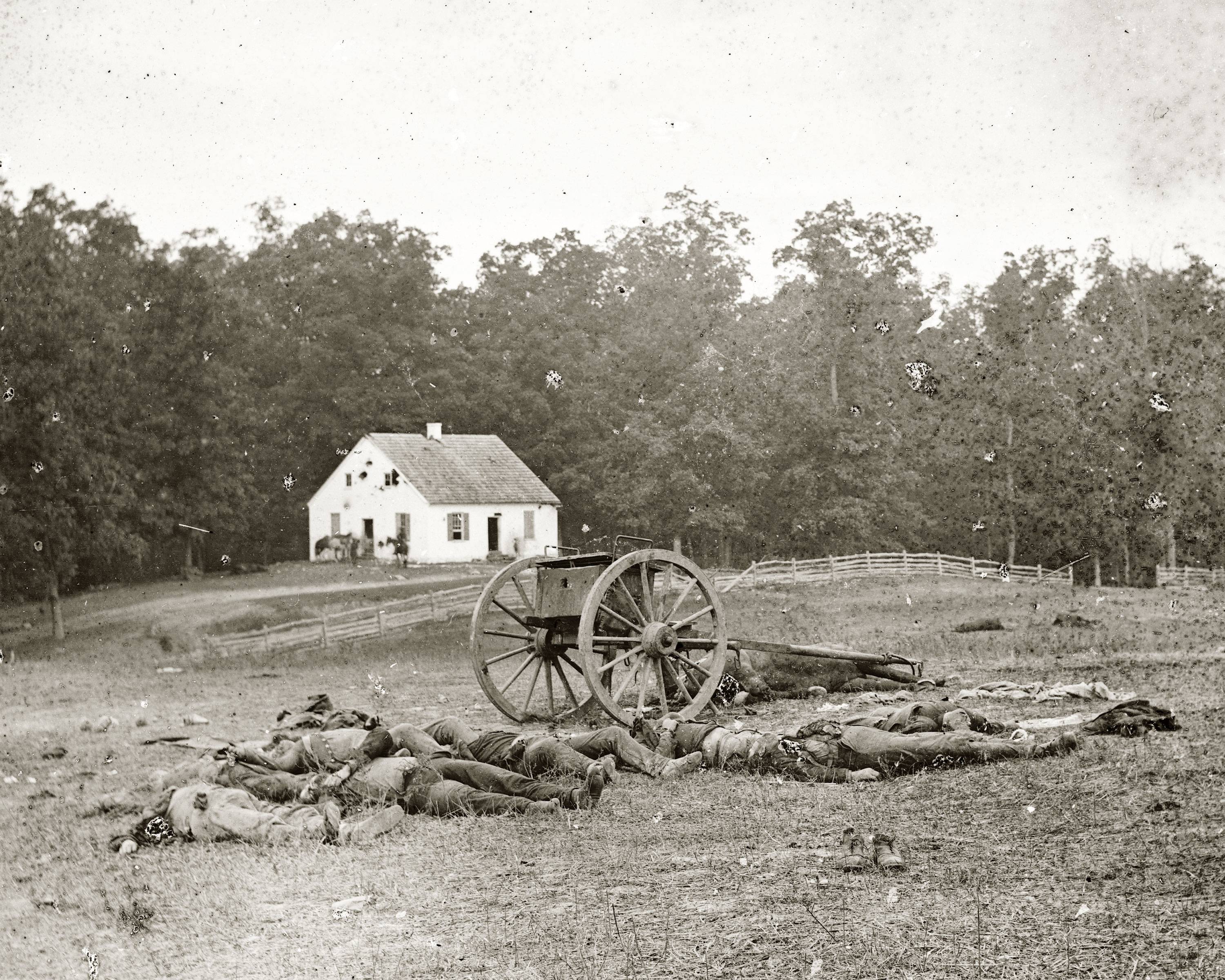Q: 1. What is a daguerrotype? What did the surface of a daguerrotype resemble? When were they prominent? What photographic process did the daguerrotype replace?
A: 1. Daguerrotype is just an image that is transferred chemically to a metal plate. The surface of daguerrotype resembles an image that appears to be floating in space.
Q: 2. What is an "albumen" print? What was the main "ingredient" of the albumen process? When did the albumen process die out?
A: 2. The albumen print was invented in 1850 and is the paper base from a negative, method of producing a photographic print. The main "ingredient' of the albumen process is 100% cotton. The albumen process died out by 1895.
Q: 3. What is a "stereograph?" When were they popular?
A: 3. A stereo graph is a way to make something three dimensional when you look a certain way. The view- master developed in the 1900s and gained popularity.
Q: 4. What is a "carte de visite?" What were they used for?
A: A carte de visite is a picture of someone and is mounted on a piece of card. The carte de visite was for picture of famous people and more important people and they became more popular.
Q: 5. Who were Matthew Brady and Alexander Gardner? They both are notable for what type of photography? When were they active? Post two noteworthy photographs for each photographer.
A: 5. Matthew Brady and Alexander Gardner were both photographers. They both notable for taking pictures that were apart of the civil war. They were active in the civil war times and 1860s.








No comments:
Post a Comment